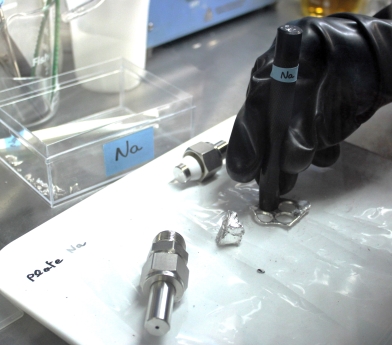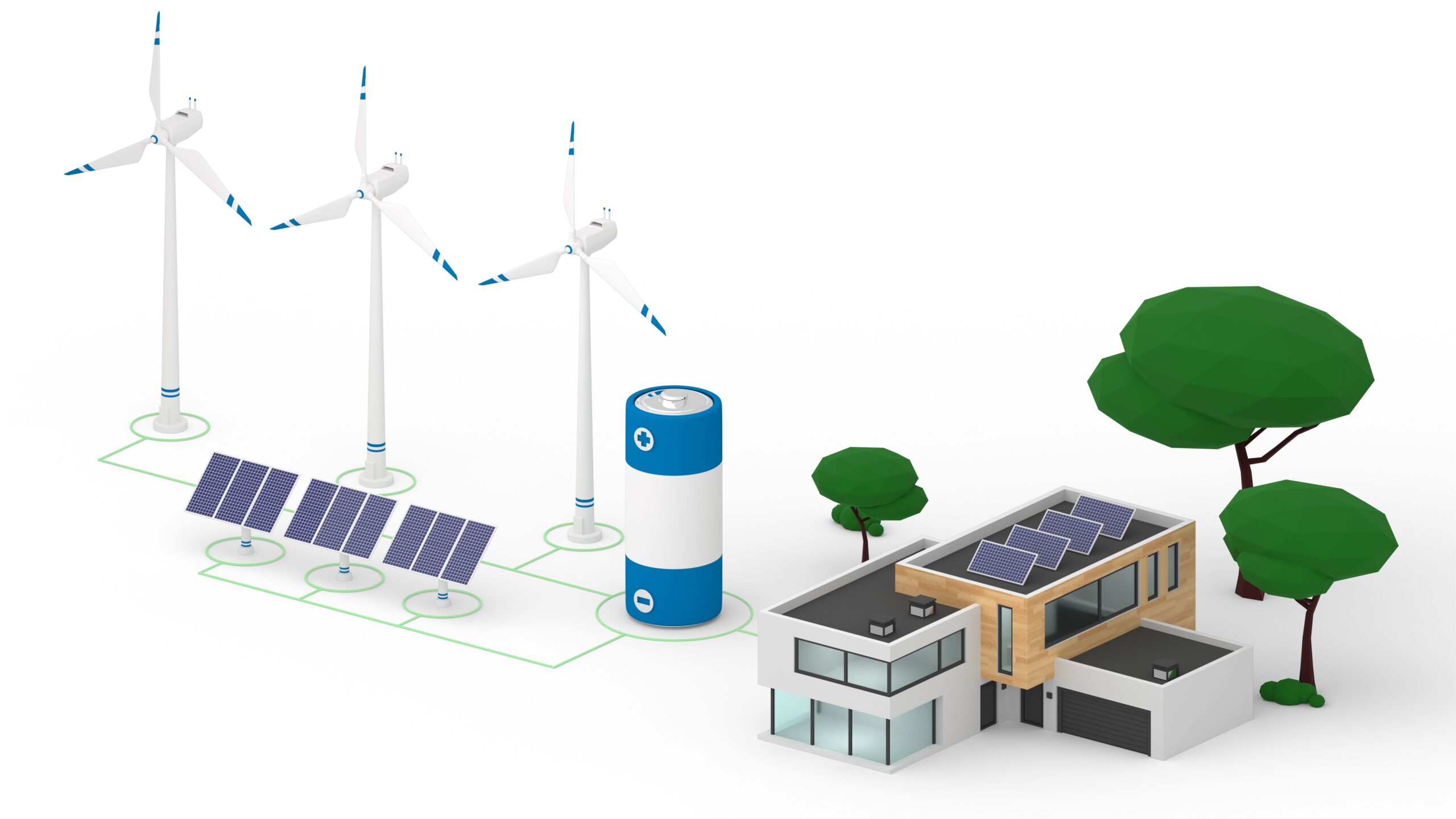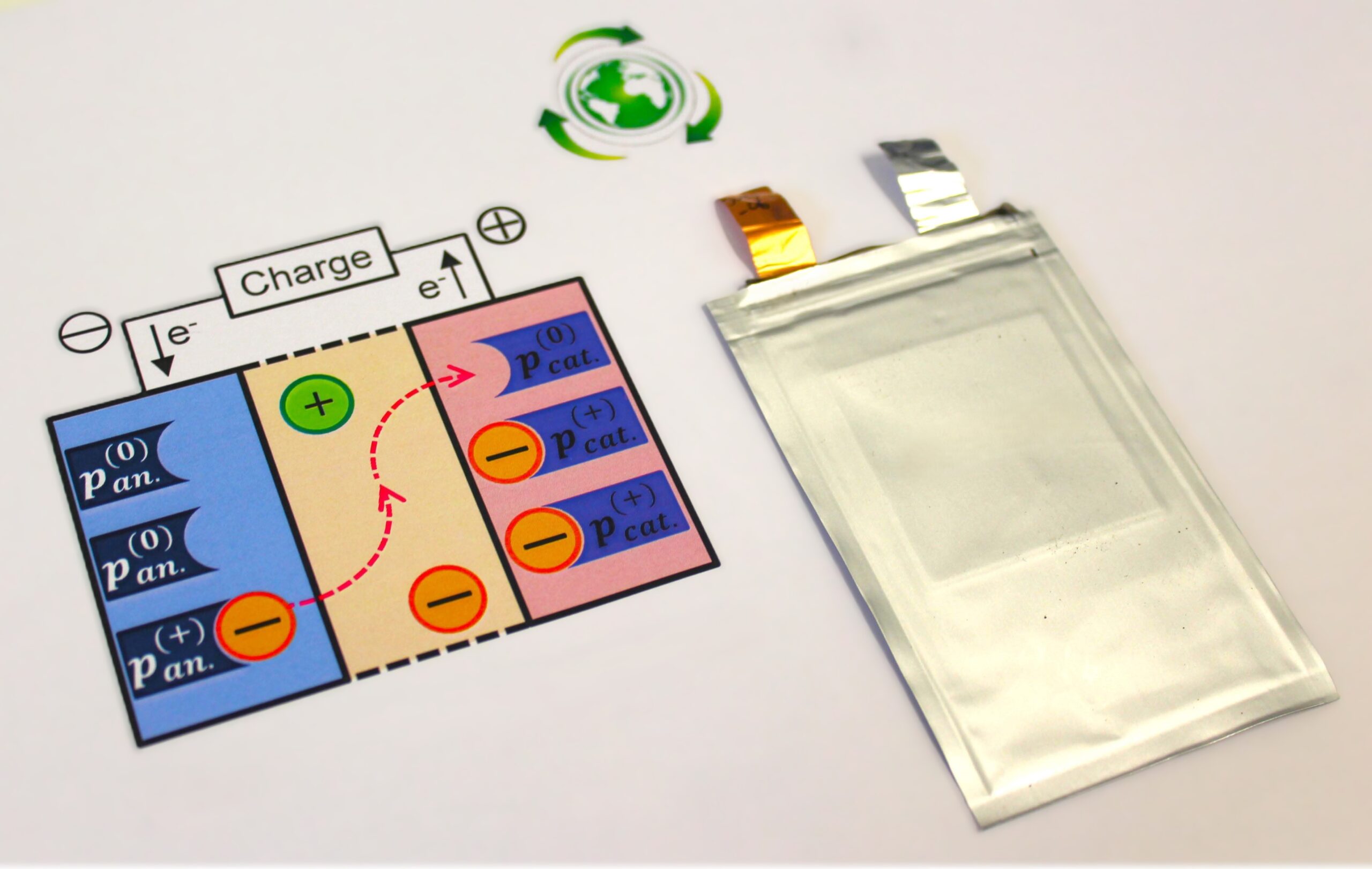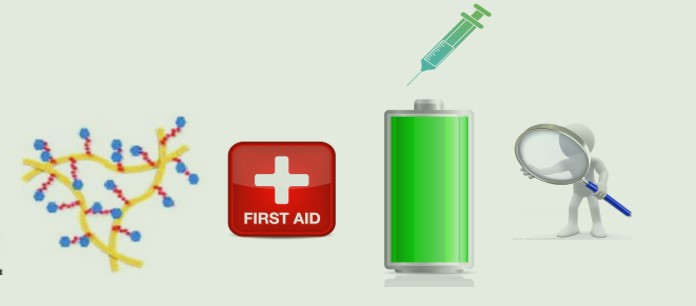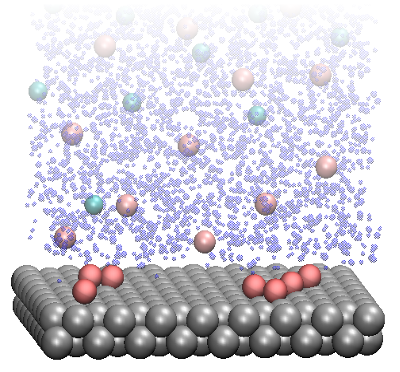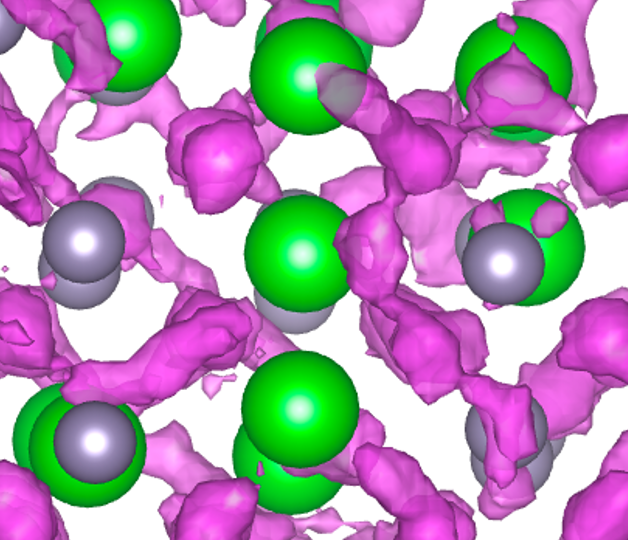
FRISBI
All-solid-state fluoride ion batteries
Overview
All-solid-state fluoride ion batteries as future high-energy-density storage systems.
Dr. Damien Dambournet (PHENIX, Sorbonne Université)
The FRISBI project aims to develop a new battery system using fluoride ions as charge carriers. The creation of a rechargeable and stable device, utilizing a solid electrolyte, relies on a consortium with expertise ranging from fluorine chemistry to electrochemical storage. The project focuses on the three components (electrolyte and electrodes) of the cell, with both fundamental research on fluoride ion intercalation mechanisms and diffusion within the identified matrices. Additionally, the project has practical ambitions to achieve a system with high energy density.
Keywords
Electrochemical storage, next-generation batteries, intercalation chemistry, diffusion mechanisms, charge carriers
Tasks
Our research
Solid electrolytes
Different electrolyte compositions will be explored using both experimental and theoretical approaches. Particular attention will be given to the diffusion mechanisms of fluoride ions within the proposed compounds, as well as their characteristics in devices.
Electrode materials
Several families of materials will be prepared, ranging from transition metal (oxy)fluorides to intermetallics, to be used as positive or negative electrodes in fluoride ion batteries. The targeted materials exhibit attractive structural characteristics, such as interstitial sites suitable for the reversible intercalation of fluoride ions, ionic and electronic conductivity that supports insertion mechanisms rather than metallic conversion, and minimal volumetric changes during charge/discharge cycles. Their high compositional flexibility provides the opportunity to identify electrodes that are (electro)chemically compatible with the solid electrolyte. The electrochemical properties of the synthesized materials will be studied using standard protocols, and their redox mechanisms will be thoroughly investigated.
Assembly
Two approaches will be used for assembling all-solid-state cells: cold pressing, which involves creating pellets with controlled densities and thicknesses, and Spark Plasma Sintering (SPS), which allows for the production of self-supporting solid-state batteries. The optimization of composite electrode formulations (active material/solid electrolyte/carbon additive) will be conducted to determine the best parameters for electrochemical performance and active material loading.
Advanced characterizations
Several advanced characterization techniques involving synchrotron radiation will be employed in the FRISBI project. Hard X-ray Absorption Spectroscopy (XAS) in operando mode will be used to study charge compensation mechanisms and the evolution of the local structure around absorbing atoms. In contrast, the role of protective layers on the electrodes will be investigated using Hard X-ray Photoelectron Spectroscopy (HAXPES), which provides greater depth of analysis compared to conventional X-ray Photoelectron Spectroscopy (XPS). Additional information on fluoride reactivity will be obtained through Hard X-ray Raman Scattering (XRS).
The consortium
4 academic laboratories
The project aims to enhance knowledge on both synthesis and characterization aspects of electrode and electrolyte materials. Additionally, the diffusion and insertion mechanisms of fluoride ions will be analyzed in detail using advanced characterization techniques. Finally, the integration of different components into a device will be studied in relation to key parameters such as temperature, energy density, and lifespan.
The project is part of the development of complementary systems to Li-ion batteries and aims to support the deployment of significant electrification.
Training of 5 PhD students and 2 postdoctoral researchers.
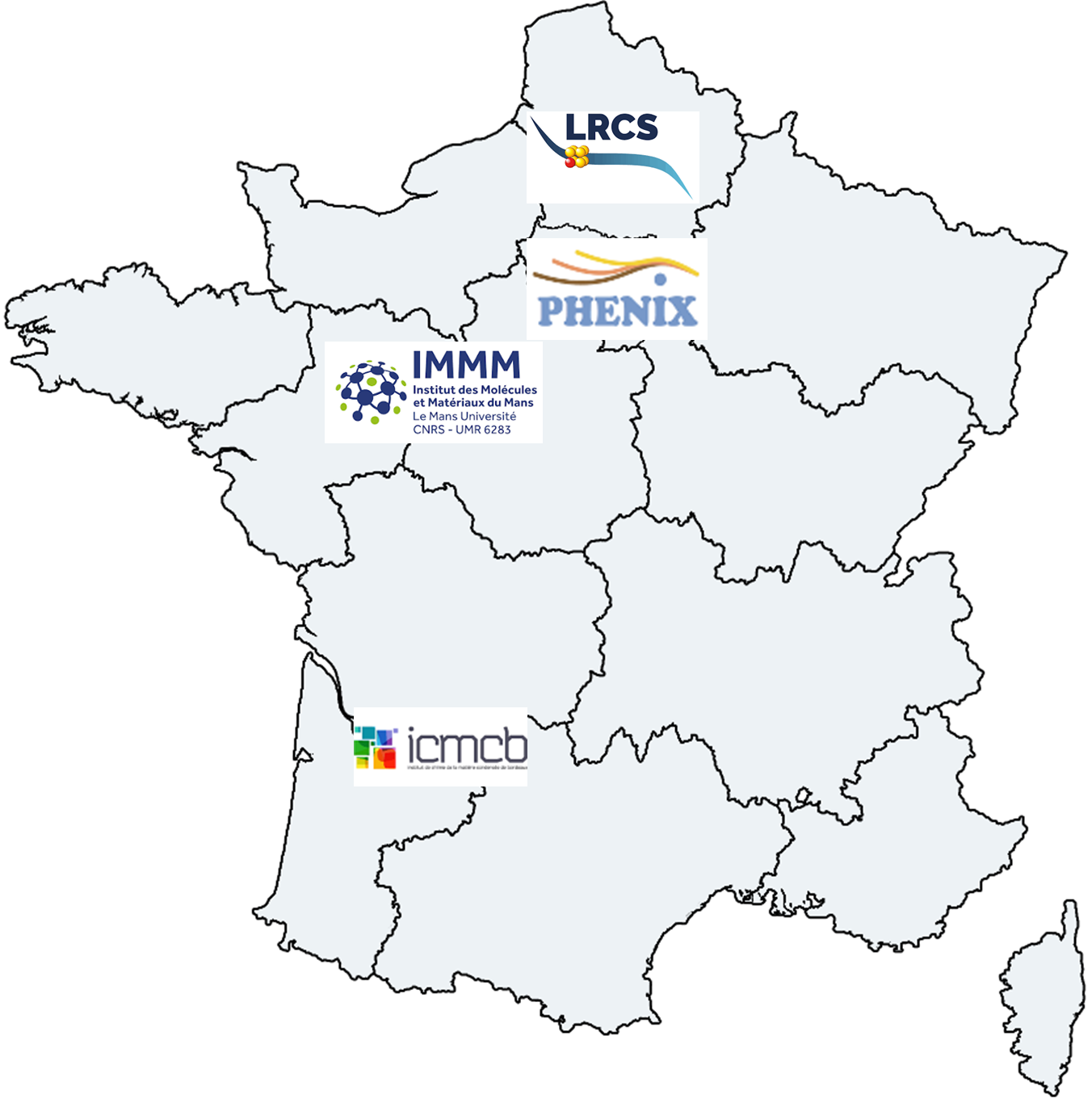
Les autres projets PEPR
